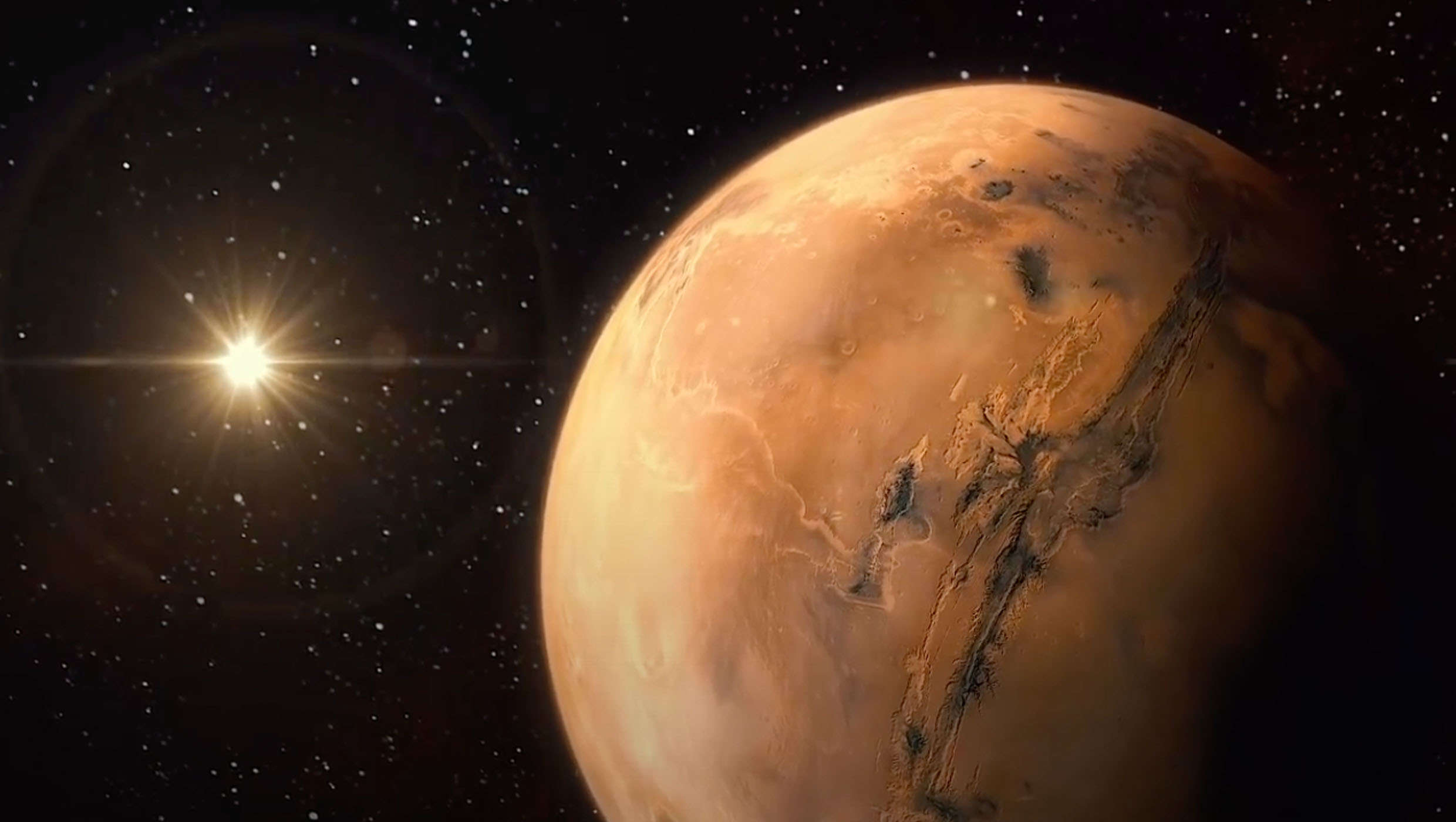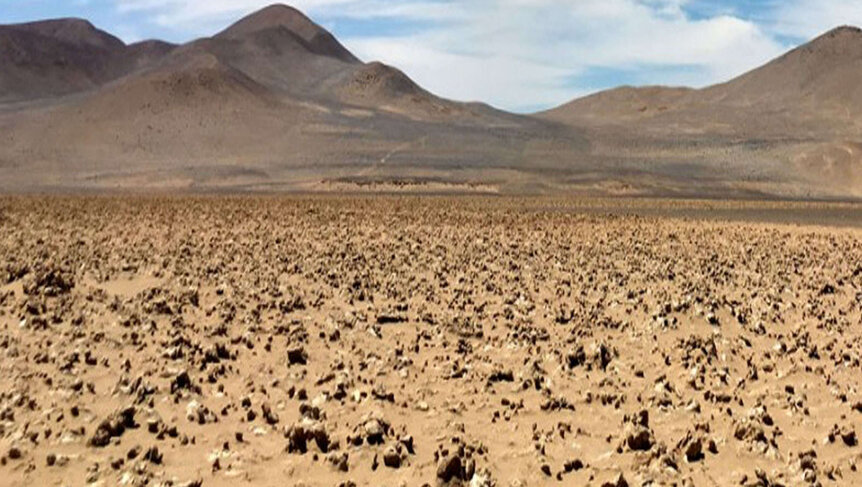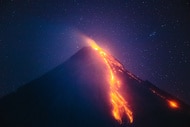Create a free profile to get unlimited access to exclusive videos, sweepstakes, and more!
Could the driest place on Earth tell us whether life exists on Mars?

Mars is no place for humans. Mars is no place for anything. With its sun-blasted surface that has been getting pelted with radiation for millions of years, there is basically no hope of anything (except maybe a tardigrade) surviving in its reddish wastelands. But what lies beneath?
You don’t need to wander far from Earth to at least get a feel for what it would be like to walk on the Red Planet. Chile’s Atacama Desert is the driest place on the planet, seemingly lifeless — but wait. Most things that have adapted to such a hellscape hide out in their burrows during the day and emerge at night. Maybe we won’t find burrowing lizards on Mars, but the subsurface clay found in the Atacama Desert is crawling with microbes. Now scientists who have studied that clay believe it can tell us what to expect from similar clays that exist on Mars.
While Earth and Mars have some similarities beyond Mars being devoid of an atmosphere and any known life, there are some differences to expect between terrestrial clays and the alien stuff NASA's Perseverance and ESA's Rosalind Franklin rover will be probing. “The humidity and temperature are probably the greatest differences between subsoils on Earth and Mars. Martian subsoils are much more desiccated and cold,” Alberto Fairén, who co-authored a study recently published in Scientific Reports, told SYFY WIRE. “Also, Mars clays are by definition ancient and lithified, because the formation of clays requires the interaction of liquid water with primary minerals, and there is no liquid water on Mars today."
So Perseverance might be dealing with a search for fossilized microbes in stone. Lithification, or the gradual morphing of soil into rock, can occur over millennia as sediment accumulates and more pressure on the lower layers smashes the grains together into what will eventually become stone. Sedimentary rocks are common in deserts (not to mention easily eroded), and Mars is essentially a desert planet, which means that what was once clay could be something closer to sandstone by now.
That still doesn't mean wet clay does not exist in some places below the surface. Even in the Atacama Desert right here on our planet, there is a newly discovered deposit of clay that had previously gone unknown. Unlithified soils are more likely to be habitable, or at least to have been habitable in the past, than clay-bearing rocks. Fairén believes that, before Mars lost its atmosphere and was possibly more Earthlike, shallow clays, just like those found a foot deep in the Atacama desert, would have been habitable.
“The resulting lithified clays we investigate today are fitting reservoirs for biomarkers,” he said. “Therefore, the best chance of finding biomarkers for extinct life would be in the lithified clays. A different story emerges if we search for life existing today. In my opinion, the best chances to find life existing today would be in near-equatorial salt flats.”
While scientists know what biomarkers to search for on Earth, they might end up being overlooked on Mars. We can only recognize life as we know it, but there is the possibility that if there ever were any sort of life-forms on Mars, they could have been life as we had never imagined it.
“If we assume a similar biology based in comparable building blocks (proteins, nucleic acids, lipids, and everything that encompasses life as we know it), then we can extrapolate and imagine that we could find comparable biomarkers in Mars,” Fairén said. “Otherwise, there is no way of knowing what would qualify as a biomarker, because we don’t know how life, if it existed, is or was on Mars.”
Both Perseverance and Rosalind Franklin are equipped with all sorts of scientific instruments that should be able to track biomarkers. The question is, depending on what Martian biomarkers actually are, whether or not we will even recognize them.















